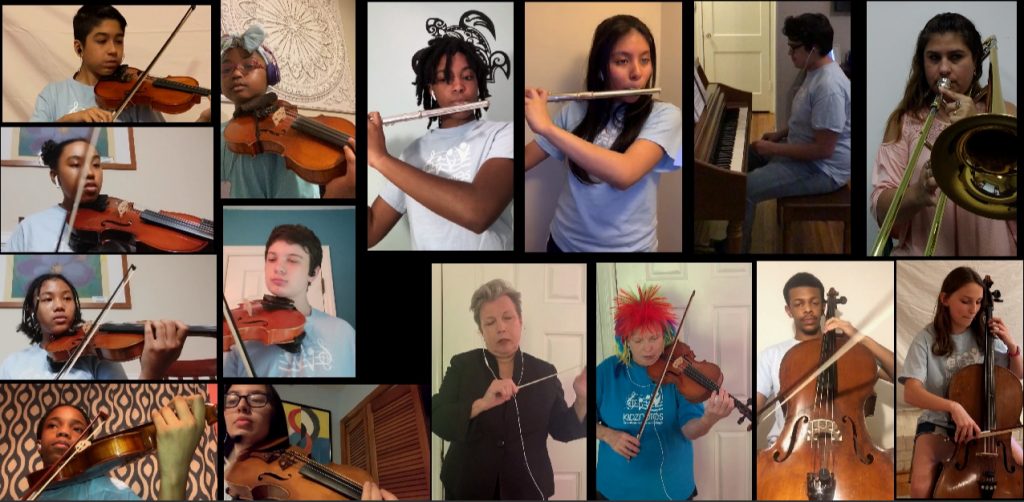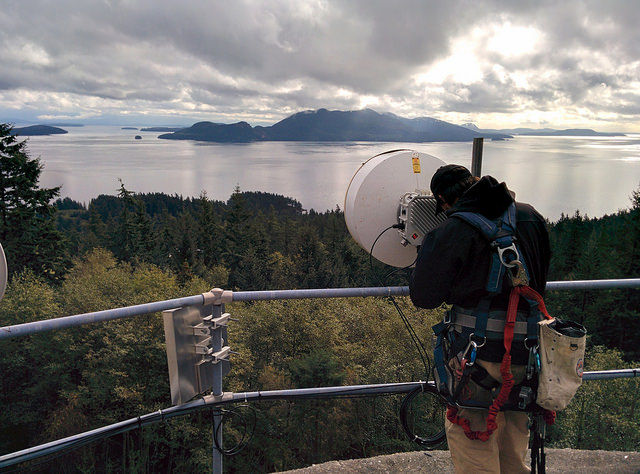When the kids became young adults and I tapered off my regular blogging about them (and me – their blog was as much about my journey as a parent as it was about them), I opted to let the hallieandtravis.com domain expire. I’d always had far too many domains to juggle and I took a gamble that it might sit idle until I was one day ready to set it up again.
About two years ago, I saw that the domain was active again, serving as the wedding guest registry of a Nebraska couple.
Good on them, I thought. I hope they have a wonderful wedding. But I also thought that maybe when the wedding was done the domain might be made available again. When the renewal date came this spring and then got extended, my heart sank.
After rediscovering that post about the magic day in 2010 today, I decided I would try to reach out to the current domain owners and ask if they would be willing to let me buy the domain again. I sent an email to an address I had guessed about and it didn’t bounce, but I also didn’t receive a response.
I am hopeful I can reclaim the domain someday and perhaps share those writings with the world again.




